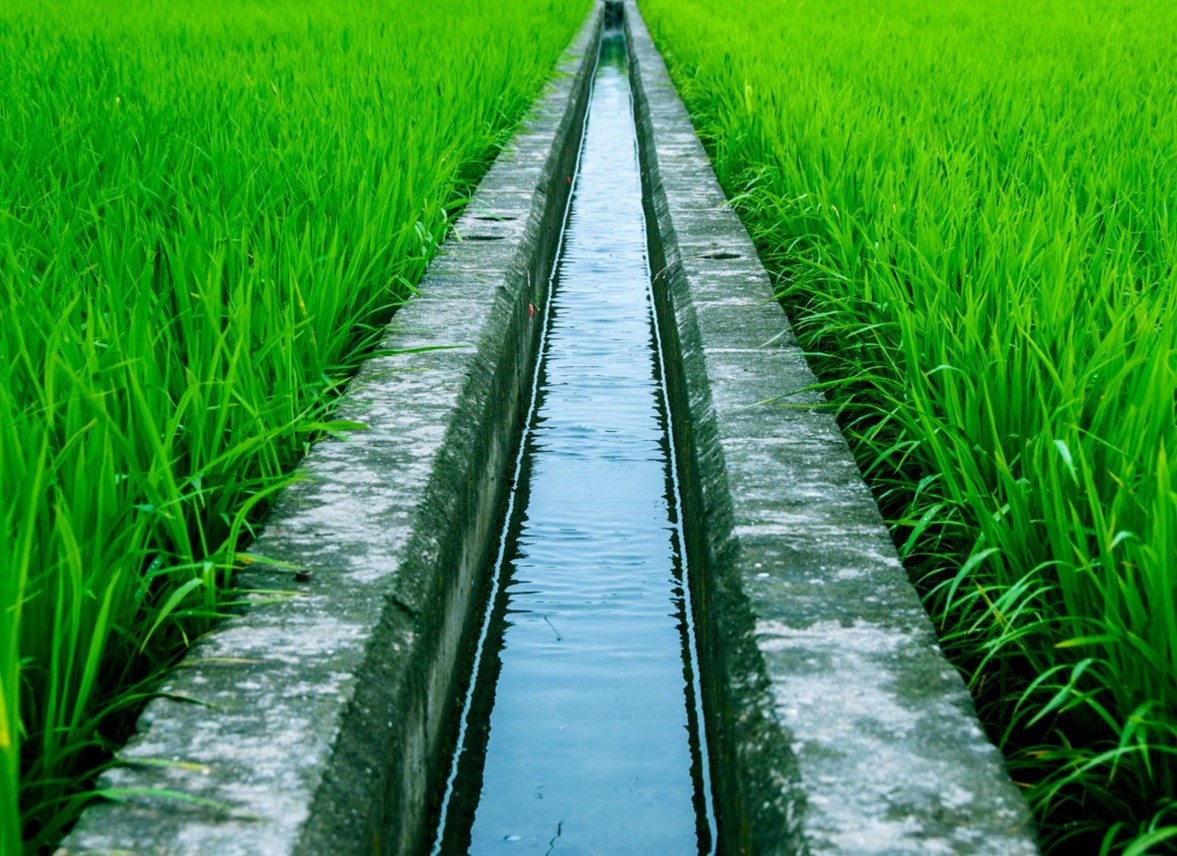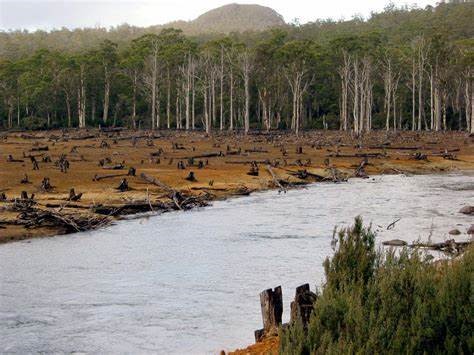
- Hydropower’s advantages
- Challenges and Mitigation
- Path to a Sustainable Energy Future
South Sulawesi, a picturesque region nestled in the heart of Indonesia, is known for its stunning landscapes, rich biodiversity, and abundant natural resources. Among its array of assets, one source of energy stands out – hydropower. This renewable energy form, harnessed from the force of flowing water, has become a pivotal component of the region’s energy mix, offering an eco-friendly alternative to fossil fuels. In this article, we will explore the significance of hydropower in South Sulawesi, its advantages, challenges, and the path towards a sustainable energy future.
The Power of Flowing Waters
Hydropower, also referred to as hydroelectric power, involves converting the kinetic energy of moving water into electricity. South Sulawesi is blessed with numerous rivers and streams, making it an ideal location for harnessing this renewable energy. The process begins with the construction of a dam across a river, forming a reservoir. When the water flows downstream, it passes through turbines, causing them to spin and generate electricity.
Advantages of Hydropower

- Renewable and Clean: Unlike fossil fuels that deplete over time, water is a never-ending resource, making hydropower a sustainable and renewable energy source. Additionally, it produces minimal greenhouse gas emissions, reducing the region’s carbon footprint and promoting environmental conservation.
- Reliable Energy Generation: Hydropower plants provide a stable and predictable source of electricity, unlike some other renewable sources like solar and wind that rely on weather conditions. This reliability ensures a consistent energy supply, vital for the region’s economic growth and development.
- Flood Control and Irrigation: Besides generating electricity, hydropower facilities also aid in flood control and irrigation. Dams can regulate water flow, preventing devastating floods during heavy rains and facilitating controlled distribution for agricultural purposes.
- Local Job Creation: The construction and maintenance of hydropower plants create job opportunities for local communities, contributing to the socio-economic advancement of South Sulawesi.
Baca Juga
- Unveiling the Power: Advantages of Hydropower in Indonesia
- Reservoirs and Hydropower in Indonesia: Beauty and Recreation Combined
Hydropower Projects in South Sulawesi
- Bili-Bili Dam: One of the pioneering hydropower projects in the region, Bili-Bili Dam, located on the Jeneberang River, exemplifies the potential of hydropower. With a capacity of over 55 megawatts, it provides electricity to thousands of households in South Sulawesi.
- Maiting Hydroelectric Power Plant: The Maiting plant, situated on the Walanae River, boasts a capacity of 75 megawatts, further strengthening the region’s energy infrastructure and reducing dependence on non-renewable energy sources.
Challenges and Mitigation Strategies

Despite the advantages, the implementation of hydropower in South Sulawesi is not without its challenges. Some of the common issues include:
- Environmental Impact: The construction of dams can lead to changes in the local ecosystem, affecting fish migration and biodiversity. To mitigate these impacts, environmental assessments and proper planning are necessary, ensuring sustainable development and conservation efforts.
- Social Displacement: Building reservoirs for hydropower projects may necessitate the relocation of communities living in the affected areas. Ensuring fair compensation, community engagement, and participation can help alleviate social disruptions.
- Climate Vulnerability: Climate change may cause fluctuations in rainfall patterns, potentially impacting the water flow required for hydropower generation. To address this vulnerability, South Sulawesi must diversify its renewable energy sources and invest in energy storage technologies.
Baca Juga
- Unlocking Sustainable Development: The Powerful Impact Of Small-Scale Hydropower In West Java
- The Significance of Small-Scale Hydropower in Central Java’s Development
Sustainable Energy Future
South Sulawesi has a promising future in hydropower, but it must strike a balance between development and environmental preservation. To achieve a sustainable energy future, the region can consider the following:
- Diversification of Renewable Sources: By investing in solar, wind, and geothermal energy, South Sulawesi can create a robust and diversified renewable energy portfolio, reducing its reliance on a single source.
- Energy Storage Solutions: Implementing energy storage technologies, such as battery storage systems, can address the intermittent nature of certain renewable sources and enhance overall grid stability.
- Research and Development: Encouraging research and development in the field of hydropower can lead to innovative technologies that minimize environmental impacts and improve efficiency.
Hydropower holds significant potential in South Sulawesi, offering a clean, reliable, and renewable source of energy. By embracing this resource wisely, the region can chart a path towards a sustainable and greener energy future. Through a balanced approach that considers the environment, local communities, and technological advancements, South Sulawesi can pave the way for a brighter and more resilient energy landscape.
#zonaebt #sebarterbarukan #ebtheroes
Editor: Azahra Nabila
References:
[1] Daftar pembangkit listrik di Indonesia
[2] Daftar 5 PLTA di Sulawesi Selatan, Lokasi dan Kapasitas Daya yang Dihasilkan



Comment closed